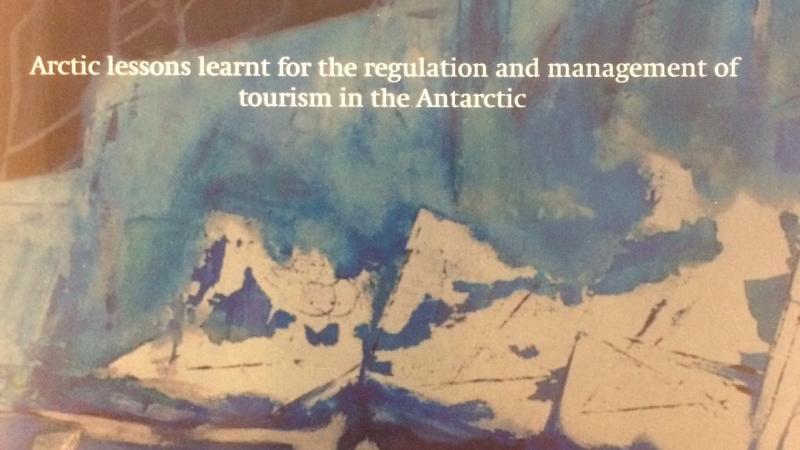
Wilderness is a central feature of the Arctic and the Antarctic, and both regions are commonly known to contain vast areas of it. However, the legal frameworks to protect either region’s wilderness expanses differ significantly. While for the Antarctic, the legal protection of wilderness falls under the international Antarctic Treaty System – generally known as the Antarctic Treaty and related agreements adopted thereunder; wilderness areas in the Arctic are primarily governed by the domestic legislation of the eight Arctic States – Canada, Denmark, Finland, Iceland, Norway, Sweden, the Russian Federation and the United States.
As for the Antarctic, wilderness values receive explicit legal protection under the Environmental Protocol to the Antarctic Treaty (AT). In practice, however, these values are rarely considered, mainly because of different opinions concerning the meaning of wilderness in the AT context and the consequences that may arise from the legal duty to protect it. These deficiencies become especially problematic with regard to the increase of tourism activities in the region and their potential to cause negative impacts on its wilderness. Against this background, the present PhD research project, sponsored by the Netherlands Organization for Scientific Research (NOW), has been conducted. Its central aim was to study the relevance of the wilderness concept for regulating and managing tourist activities in Antarctica. In doing so, the project took particular notice of experiences and possible ‘lessons learnt’ in wilderness areas of the Arctic. For this purpose, three case study areas were examined in detail – the Hammastunturi Wilderness Reserve (Finland), the Archipelago of Svalbard (Norway) and the Denali National Park and Preserve (Alaska, United States) – all of them, fully or partially, designated as legally protected wilderness areas and, at the same time, characterized as important tourist destinations.
The results of the case studies reveal, among others, that wilderness protection policies and regulations in each area differ according to the specific legal regime in each country as well as due to the various cultural contexts and traditions. Nevertheless, important similarities could be also recognized, especially in terms of certain minimum standards characterizing wilderness. These standards, which are central to the diverging wilderness protection approaches, can be summarized as (a) a relatively large size of the area in question; (b) the prevailing of natural intact species and ecosystems in the area; and (c) the absence of major human-related infrastructure as well as minimum distances from such facilities and developments. As to the threats or risks caused by tourism to wilderness, the PhD-thesis points out, first, that the relevant impact factors in each area have common characteristics which can be found also in Antarctica: (a) significantly growing numbers of tourists, (b) the use of more and more visiting sites, (c) an increasing diversity of tourist activities, and (d) the establishment of tourism related infrastructure. Secondly, the thesis outlines already observed and possible consequences of this development for the wilderness of the concerned area or region. Regarding this situation, a multitude of measures, referring either explicitly or implicitly to the protection of wilderness, could be identified in each case study aiming at the regulation and management of tourism in the areas. These measures are often of a similar kind in each case study area. Most of them could be applied in Antarctica as well. Thus, they provide a substantial number of possible policy approaches and legal instruments that could be used also in the AT context, and might, if adopted, contribute – this is at least the hope of the author – to improve the status of wilderness protection in Antarctica